Bill Reid (1941) A pictorial and text, history
Brother, Alexander Howie Reid (1938) Father, John Norman Reid, 1910-1944), Brother,
John Norman Reid (1936), Sister, Sheila Reid (1935), Mother Jessie Jenkins Duncan (1910-1980),
Myself, William Duncan Reid (1941).
Mum & Myself (1943)
You can see the troubled look in my mother's face. This photo was taken to send to my father who was in France at the time and she obviously wondering if he would ever see it, or return home again. A reflection that must have been shared by all mothers, and sweethearts at that time.
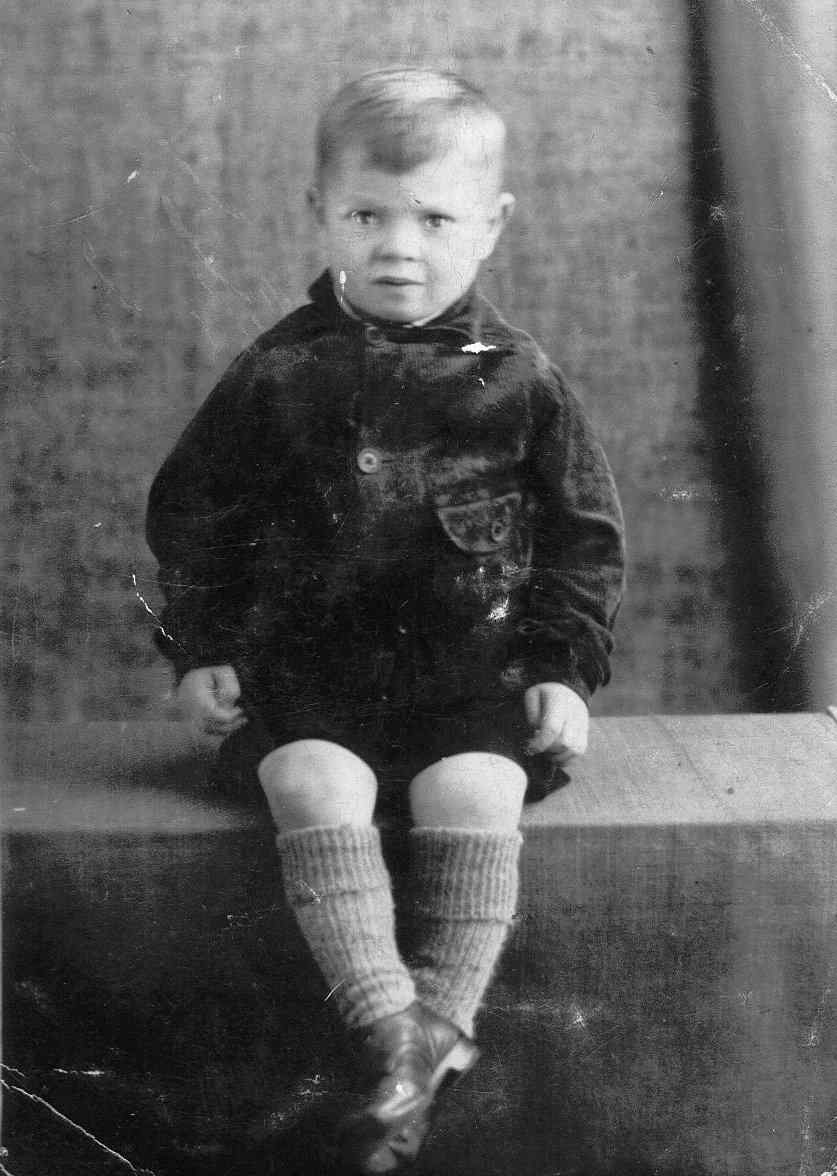
Myself aged Four and, at Ten, with 'Puppy' our dog. who died when I was 19 and is still remembered.
.jpg)
Powis School 1955. Now Powis Academy. With my schoolmate Sandy Watt. While working at the
Majestic cinema in 1957. Started as 'Checker/Usher' at 16. The first film showing when I started was 'High Society' which ran for a season and was also the first film I worked with when starting as spool-boy in the projection room at 17.
Family, relations and friends on new year's eve 1959 at our home in Aberdeen. From left to right: Sister, Sheila and her husband John, Brother, Alex, Myself, Cousin, June Lawrie, Mum, Cousin Johnny Lawrie, Brother, John, Schoolmate, Sandy Watt, Cousin, Margaret Lawrie, Cousin, James Lawrie, Cousin, Bruce Reid, Nephew, and his mother Dorothy (Knowles), brother John's wife. Seems like only yesterday!After the cinema I worked for a short while with market gardener Alex ----, who had a large nursery in Union Glen and sold fruit , flowers and plants at the open market in the Green on Fridays. Never really cared for this job and was pleased that it didn't last very long. This area of Union Glen is now a pleasant park. The market in the Green continues.
I worked at Cordiner's Sawmill in Sinclair Road, Torry, from 1959-1962 and worked alongside my Uncles Bill and Alan (Duncan), who were sawyers there. My cousin, June Lawrie (Downie) also worked there. June and her husband, John Downie, were our best man and bridesmaid in 1964.
My next job was as stage lighting operator at the Tivoli Theatre (1962-3), which I enjoyed very much. Getting to work with and to meet such great Scottish artists as Alex Findley, Jack Milroy, Andy Stewart, Johnny Victory, Lex McLean, Clark & Murry, Aly Wilson and Calum Kennedy was a real highlight of my life and I shall always have fond memories of my time at the 'Tiv'. It remained a variety theatre to the end, with its history going back to the Victorian times very much in tact. Two shows a night from Monday to Saturday. Virtually as I remember it when first being taken there by my auntie Maggie around 1947/8.
The stage lighting control panel was about 10 feet above, theatre-left of the stage with a view of the whole stage area and out into the auditorium. The central gear wheel allowed you to raise selected lights while dimming others, with a very fine control of illumination. The only communication with the 'Limes', which were at the back of the top gallery (The 'Gods') was by buzzer codes. The buzzer button can be seen just above the gear wheel. Most of the dimmers are to the far left of the picture but you can see a few to my right. The white handles pulled forward and locked with a twist, which allowed you to just lock the row or individual stage light(s) that you required. To the right you can just see the 'side wheels' which allowed you to raise or lower each row of coloured stage lights, independently of the gear wheel. Between the side wheels and the horizontal banister railing you just about make out the 'black' levers that you raised or lowered to meet the top or bottom of a beveled gear that either raised or lowered that particular row of coloured lights. Altogether there was a number of combination and colour or light settings that you could make simply by the turn of the center gear wheel, which, during a live performance would keep the operator's andreneline going. One mistake would throw the whole affect out and you would have the star(s) or the stage manager telling you off. It was also a personal pleasure when it all went right.
One of the five lower row of light switches was used for an immediate 'blackout' and with the amount of amps going through the system, if I was holding onto the handrail as in the photo, when switching the lights back on again, and in spite of the switches being of heavier duty than the average light switch, I would receive quite a shock. After the first couple of times a mental check was kept on avoiding this whenever a blackout was required.
This was 'state of the art' in stage lighting equipment when it was put in, before computerisation was a word anyone used. Using my own camera the picture was taken by Dave Allan the stage manager.Joining the railway as an engine cleaner at Kittybrewster Depot in May 1963 was with reluctance and desperation to have a job. But I enjoyed that from day one and will retire in 2005 after 41 years from working through the grades to fireman and eventually as Driver. In 1964 when the Depot and most of the branch lines around Aberdeen were due to close I took advantage of the 'All-Line' Promotion scheme and transferred to Didcot Locomotive Depot in Berkshire, England, in September 1964. Thinking that it may last six months or so! As I write, just over 40 years have simply flown past as if in a blink of an eye.
No. 4 Bay platform at Aberdeen General Station in 1964. The bays were used for the Peterhead and Fraserburgh trains. An NBL Class Diesel electric loco is seen and just below the driver's window is the automatic 'token' catcher that were used to catch and set down the single line protection tokens, without stopping, when passing signal boxes. The use of these catchers was dependent upon both the loco and signal equipment being in working condition and more often than not they were not used, with tokens being exchanged by the second man and signalman at walking speed. The loco and train in this photo was waiting to depart for Fraserburgh. The Peterhead coaches being uncoupled at Maud Junction where a Peterhead loco and crew worked the portion forward. The trains reformed at Maud during the return workings. Platforms 3 & 4 are now car parking spaces bellow the Trinity Shopping Centre.While Kittybrewster Depot was fully dieselised, Didcot Depot remained mostly Steam until steam on the Western Region ended in 1966. There was a great mixture of train types and routes at the depot and it was a time when new types of diesel locomotives seemed to appear by the month and it was a really nice depot to work at, apart from the few rather sad drivers who treated their firemen with contempt, but then, they were probably treated like that themselves, such was the old seniority/class system that was still in existence then. However, they were in the minority and for the most part you felt good about being part of the team that taught you all about railway work and which would eventually lead to you becoming a driver yourself.
In 1974 I decided to move to gain my 'Driving' job and worked at Marylebone Diesel Unit Depot, in London, from 1974 until 1980. Working trains between Marylebone, Aylesbury, High Wycombe and Banbury. Marylebone was the remains of the Ex Great Central Railway London Extension and the 'family' atmosphere remained and I thoroughly enjoyed my time working there. I eventually got my driving job back at Didcot in 1980. It was with mixed feelings that I left Marylebone, but it was definitely not having to travel the round 120 miles, regular day and night, train or motorbike journey from and too my home that made the decision for me. But I really did miss Marylebone Depot. Sadly, none of this exists today as the depot is now a housing estate and the station has been extended somewhat and the new diesel Units are stabled at Aylesbury. However, not only do the routes remain the same but the units and train crew now work beyond Banbury to Stratford Upon Avon and Birmingham Snow Hill Station, with new depots at Banbury and Stourbridge and, Marylebone Station, which was once earmarked to become a bus depot remains a major railway passenger terminal and the mainline that was singled tracked in 1966 between Bicester and Marylebone is now double again with a maximum line speed of 100mph. Every year I worked there the local District Council would try to get B.R. to extend the High Wycombe trains to Thame or beyond but they always refused, in spite of the trains, and crew, having stopovers of anything up to two hours at High Wycombe on certain diagrams. Instead they (B. R.) decided to open a station at Haddenham, which still left Thame without a direct passenger service, as it still does today.
Photo taken by a work mate, while driving a DMU between Aylesbury and Marylebone in 1977Myself, William Duncan Reid (b 1941), Married Audrey Lawrence Stuart (1948-2004) on the 20th of June 1964, at the registrar office in Aberdeen. We moved to Berkshire (Now South Oxfordshire), England, in Sept. 1964 with my work on the railways when my depot, Kittybrewster, in Aberdeen was run down pending closure along with numerous branch lines in the Northeast of Scotland. We had five children. Sheila Ann (1967-1997), Mandy Jane (b 1968), Sarah Jean (b 1971), William Duncan Reid (b. 1975) and Emma ( b 1979). Sadly, as I write, I have now lost Audrey, who died on the 31st of December 2005, Sheila Ann in January 1997 and her husband Graham in May 2005. I am on the point of retirement and whatever bit of future remains!. But its been a very interesting life with lots of happy experiences along with the sad ones. And who knows what still remains to enjoy and wonder at!
Any additional information would be most welcome. reidcrcwdr@aol.com
==================================
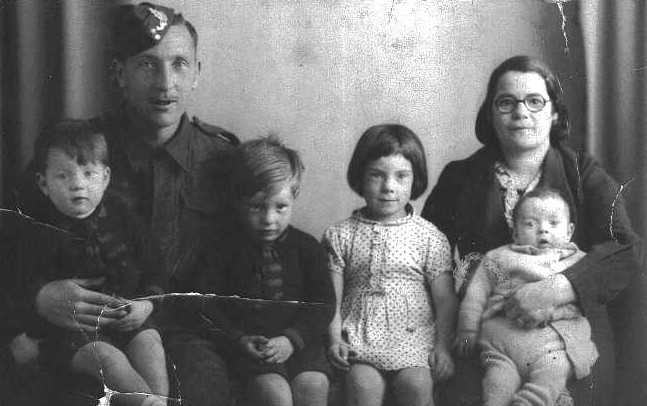
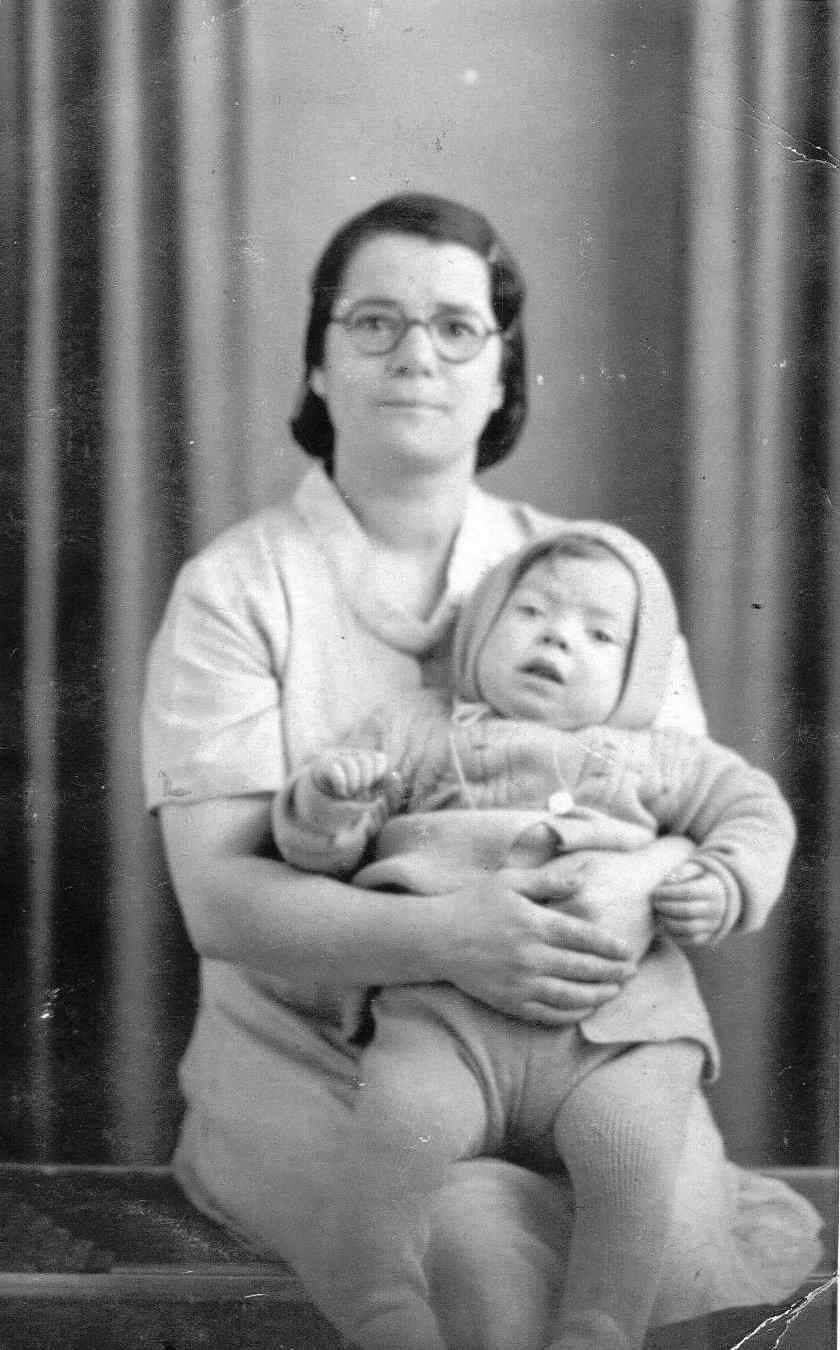
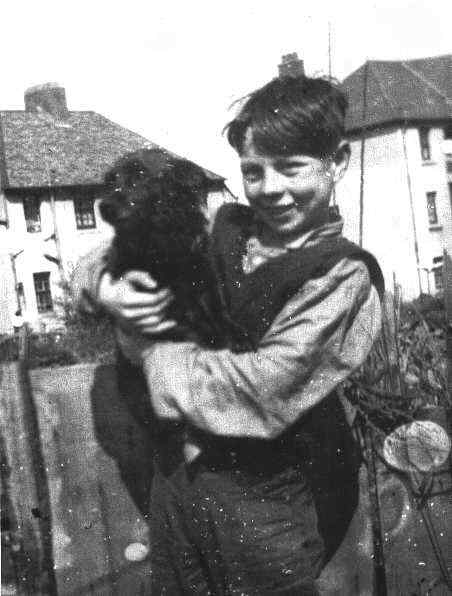
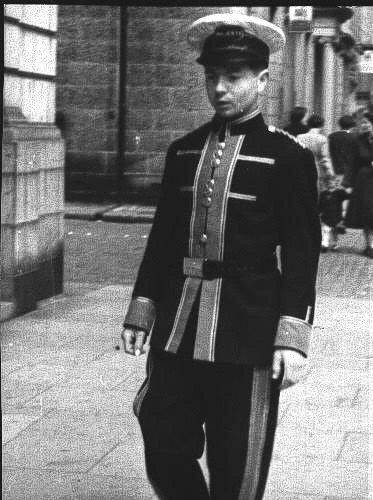
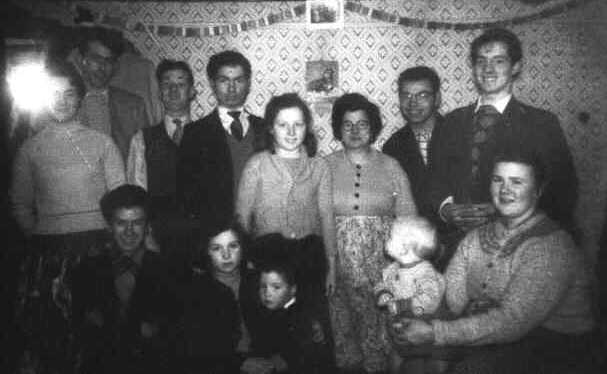
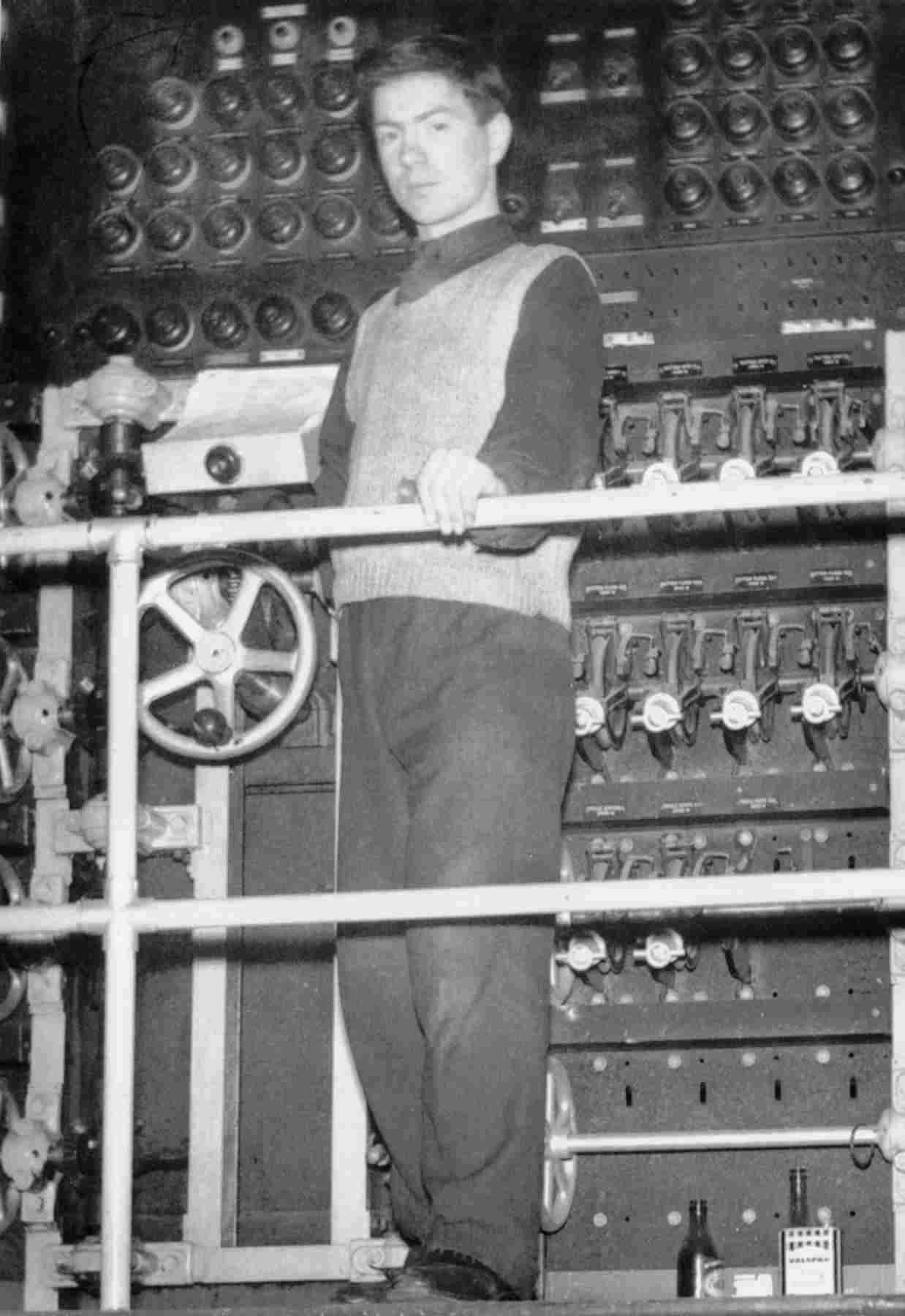
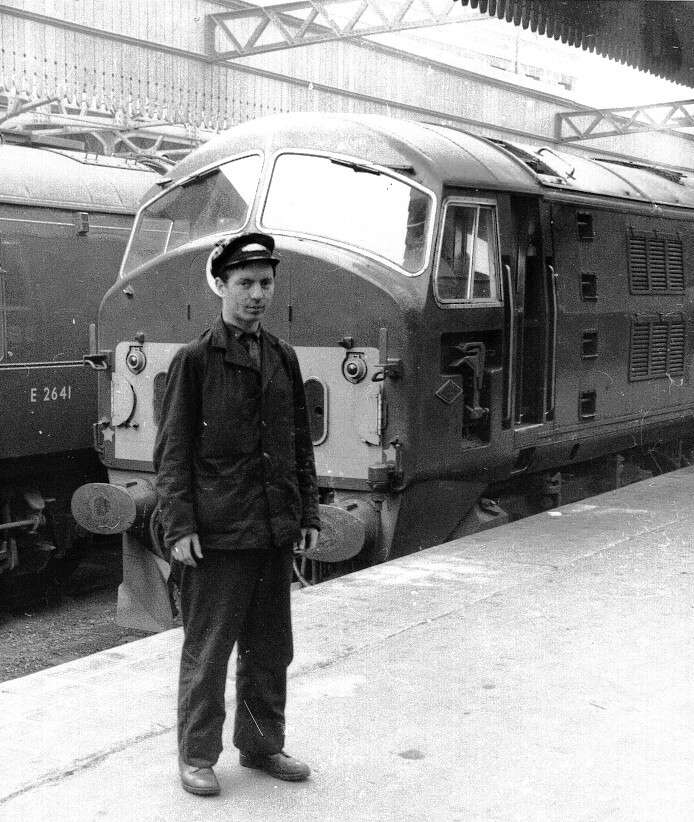
.jpg)